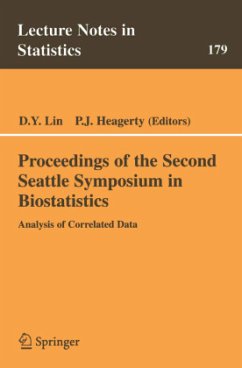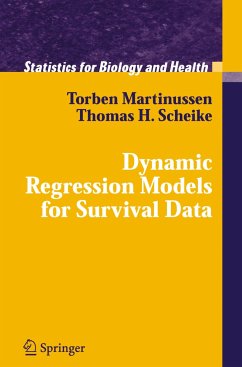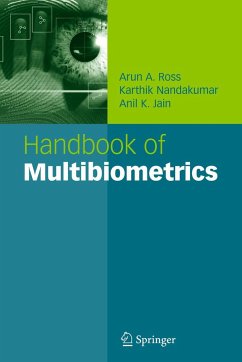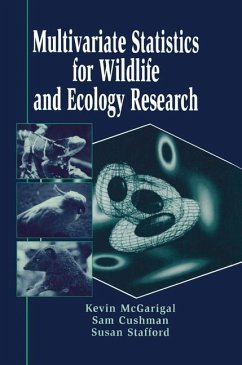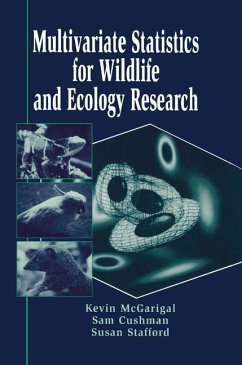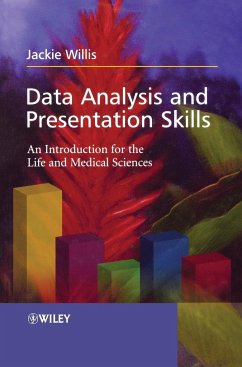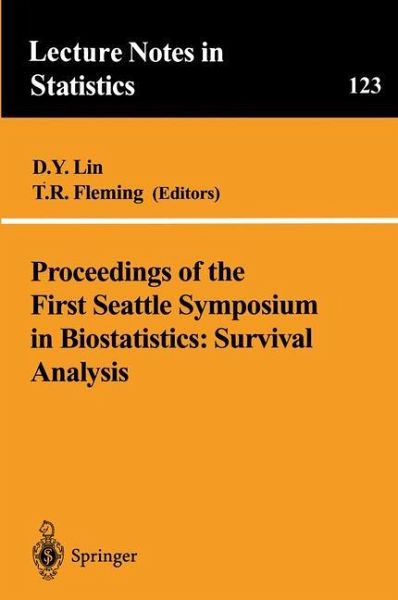
Proceedings of the First Seattle Symposium in Biostatistics: Survival Analysis
Survival Analysis
Herausgegeben von Lin, Danyu; Fleming, T.R.

PAYBACK Punkte
39 °P sammeln!
Contents:
- Foreword by Judge Jack B. Weinstein and Margaret A. Berger
- Preface Acknowledgements
- Overview
- Epidemiology of Asbestos-Related Diseases
- Forecasts Based on Direct Estimates of Past Exposure
- Forecasts Based on Indirect Estimates of Past Exposure
- Uncertainty in Forecasts Based on Indirect Estimates
- Updated Forecasts Based on Indirect Estimates of Past Exposure
- Uncertainty in Updated Forecasts
- Forecasts Based on Unified Model
- Uncertainty in Forecasts Based on Unified Model
- Conclusions and Implications
- Bibliography
- Index.
- Foreword by Judge Jack B. Weinstein and Margaret A. Berger
- Preface Acknowledgements
- Overview
- Epidemiology of Asbestos-Related Diseases
- Forecasts Based on Direct Estimates of Past Exposure
- Forecasts Based on Indirect Estimates of Past Exposure
- Uncertainty in Forecasts Based on Indirect Estimates
- Updated Forecasts Based on Indirect Estimates of Past Exposure
- Uncertainty in Updated Forecasts
- Forecasts Based on Unified Model
- Uncertainty in Forecasts Based on Unified Model
- Conclusions and Implications
- Bibliography
- Index.
The First Seattle Symposium in Biostatistics: Survival Analysis was held on November 20 and 21, 1995 in honor of the twenty-fifth anniversary of the University of Washington (UW) School of Public Health and Com munity Medicine. This event was sponsored by Amgen and co-sponsored by the UW School of Public Health and Community Medicine and the Division of Public Health Sciences, the Fred Hutchinson Cancer Research Center (FHCRC). The symposium featured keynote lectures by David Cox, Richard Gill and Ross Prentice, as well as invited talks by Norman Bres low, David Clayton, John Crowley, Susan Ellenberg, Mitchell Gail, Nicholas Jewell, Peter Lachenbruch, Jerald Lawless, Kung-Yee Liang, David Oakes, Margaret Pepe, Steven Self, Anastasios Tsiatis, Lee-Jen Wei, Jon Wellner and Zhiliang Ying. It was attended by 437 statisticians from 16 countries. In addition, 163 people attended a two-day short course taught by Thomas Fleming, David Harrington and Terry Therneau on Survival Analysis Meth ods and Software on the weekend preceding the symposium. When the UW School of Public Health and Community Medicine was formed in 1970, biostatistics as a discipline was only a few years old. In the subsequent twenty-five years, both the field and the UW Department of Biostatistics have evolved in many exciting ways. The Department had only seven faculty when it moved from the School of Medicine to the new School of Public Health and Community Medicine in 1970.





